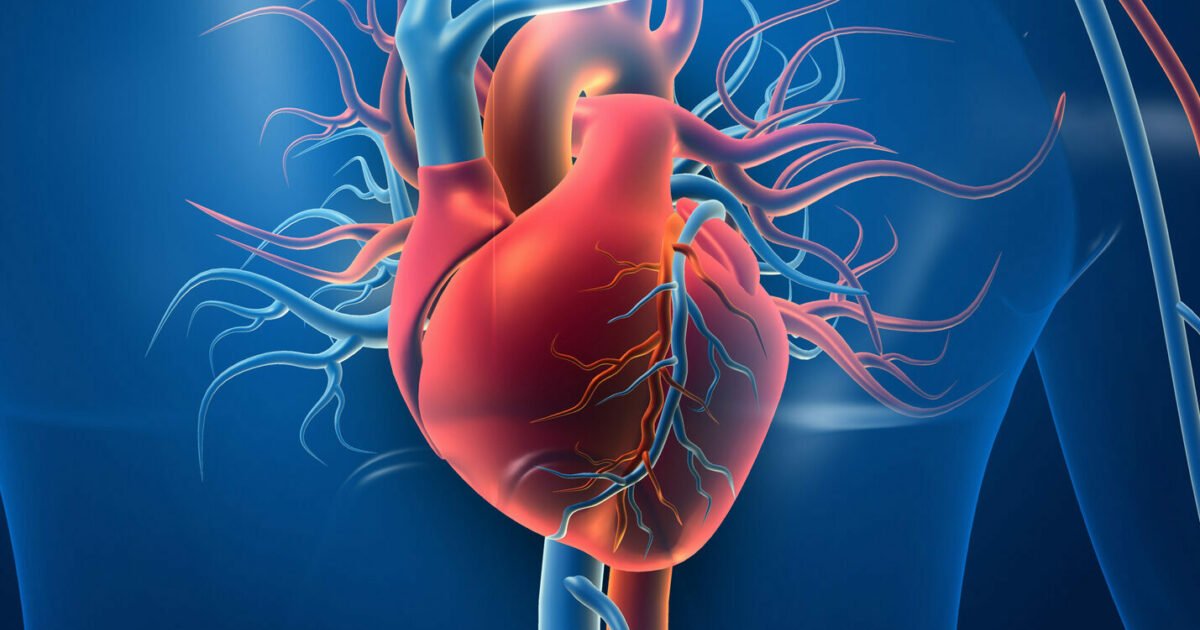About 10.8% of all deaths in India are due to hypertension and its complications
April 11, 2019 | Thursday | News
High blood pressure can lead to disability and heart diseases, and reduce the quality of life in individuals
Hypertension is defined as blood pressure that is constantly higher than the recommended level of 140/90 mm Hg. Due to lack of symptoms, this condition gets detected only years after the actual onset. Precautionary measures must therefore be taken at an early age, especially in those with a family history of the condition. With about 2.6 lakh Indians dying in India due to hypertension, it has become the most prevalent chronic disease in the country.
About one-third of the Indian population is expected to suffer from the condition by 2020.
Speaking about this, Dr Amar Singhal, Director of Cardiovascular Sciences, Sri Balaji Action Medical Institute, said, “Samarth’s case is a glaring example of how high blood pressure does not show any symptoms and can become the possible reason for an underlying heart condition. Hypertension puts more load on the heart,and it must work doubly hard to pump blood. This causes the heart to enlarge, weaken, and results in heart failure. Hypertension also causes the coronary arteries to harden and thicken, leading to their narrowing. The heart receives less blood supply and in the course of time all these factors can cause problems such as angina, and ischemic and coronary heart disease. Apart from this, people who have an acute heart attack are also often those who have left a high blood pressure undiagnosed and untreated. It is therefore advisable to keep blood pressure under check and more so in people who are susceptible to it.”
Hypertension poses a substantial public health burden in India and its healthcare system. It accounts for about 10.8% of all the deaths and 4.6% of disability adjusted life years (DALYs) in the country. About 16% of ischemic heart disease, 21% of peripheral arterial diseases, 24% of acute heart attack, and 29% of strokes can all be attributed to this condition.
Adding further, Dr Singhal, said, “Lifestyle changes are important in managing and preventing hypertension – and the resultant heart problems. Medications may be needed for people in whom the condition has spiraled out of control. In case a heart disease develops, and complications arise, treatment and surgery could be advised.”
Patients with atherosclerosis and angina may need a surgical procedure known as angioplasty. During angioplasty a catheter with a balloon at its tip is inserted into a blocked coronary artery and inflated to clear the artery and improve blood flow. In stenting, a small, self-expanding, metal mesh tube called stent is placed inside a coronary artery and prevents it from re-closing. Nowadays, there are drug-eluting stents available which are coated with a medicine. This medicine helps further prevent the arteries from re-closing. Another option for patients with atherosclerosis and angina, is coronary artery bypass grafting (CABG), in which a healthy artery or vein from the body is connected, or grafted, to the blocked coronary artery. The grafted artery or vein bypasses the blocked portion of the coronary artery.










